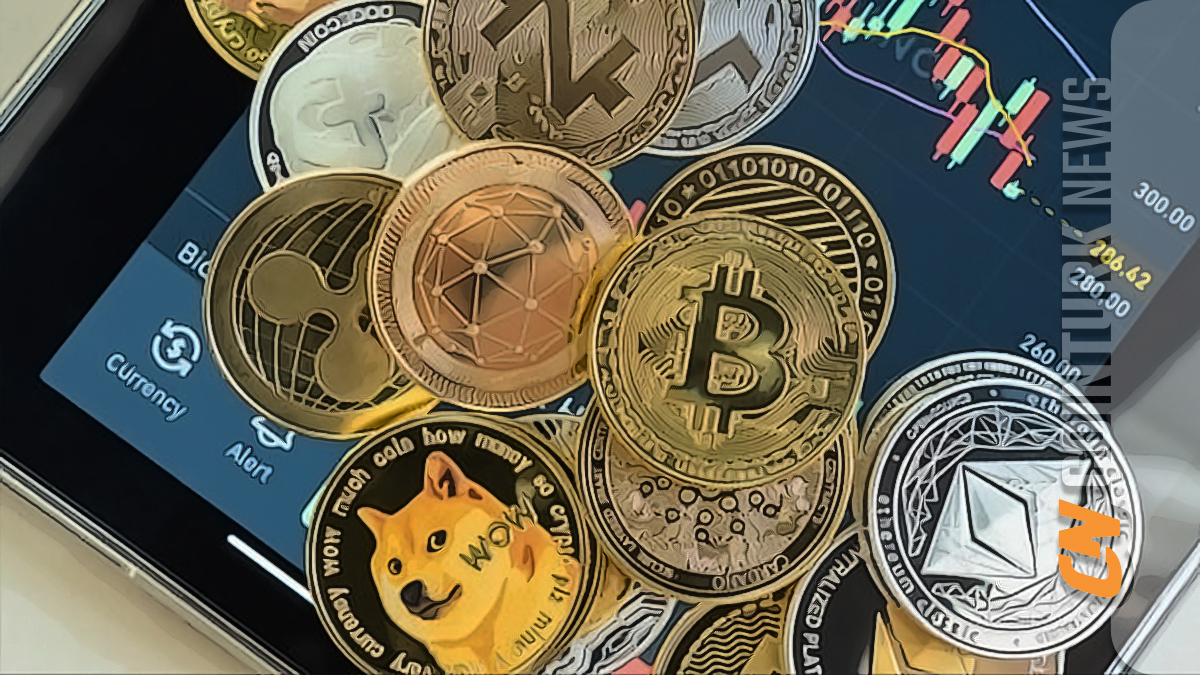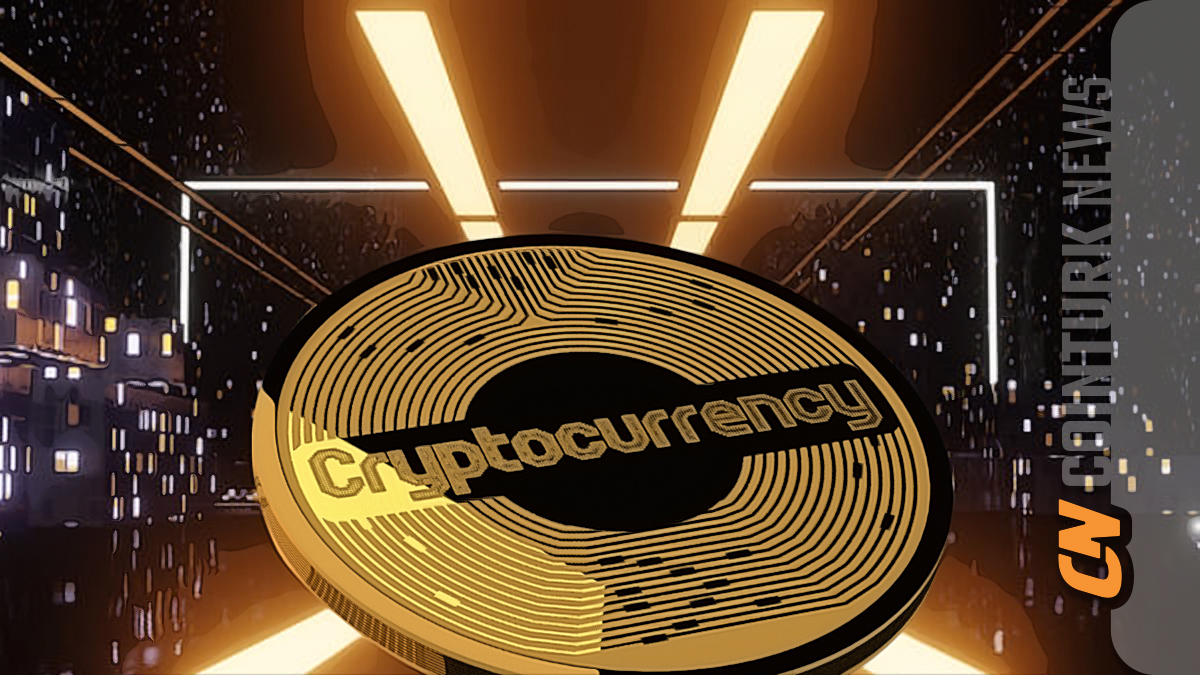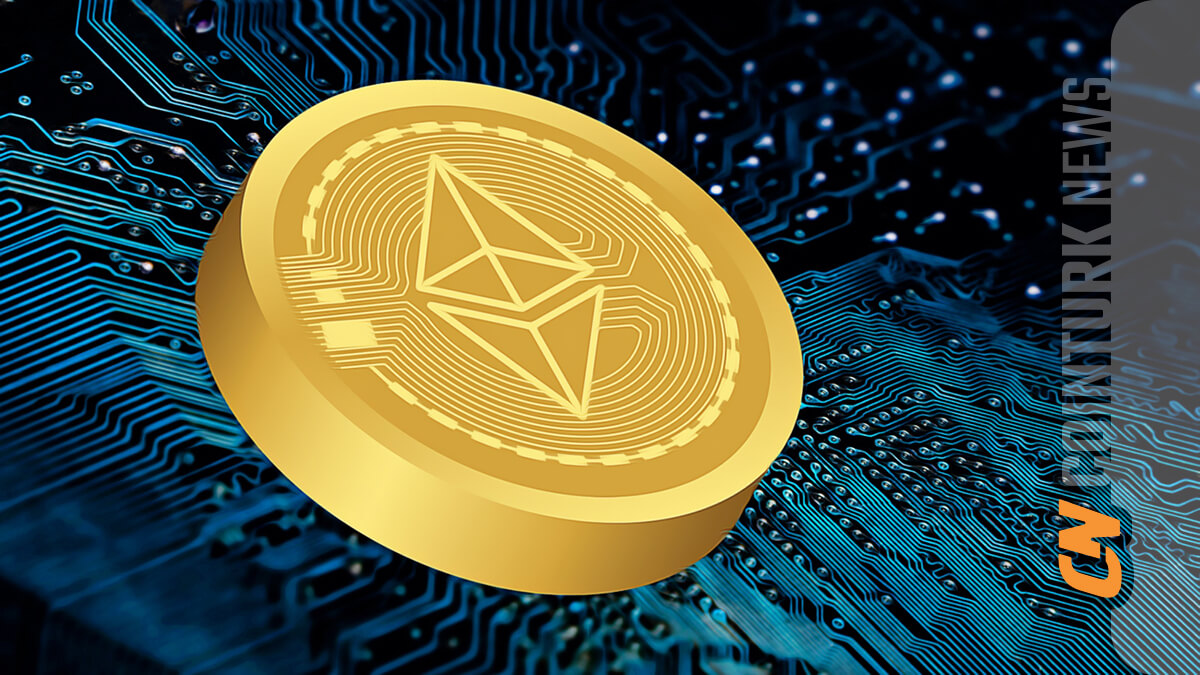“Altcoin”, a term derived from “alternative coin”, denotes cryptocurrencies other than Bitcoin (BTC). The prefix “Alt”, a contraction of the word “Alternative”, is used in reference to alternatives to Bitcoin, while “coin” generally signifies cryptocurrencies. Altcoins were inspired by the proven success of Bitcoin and emerged with the aim to compete with it or offer distinct features.
What is an Altcoin?
To answer the question, “What is an Altcoin?” we need to examine the concept closely. Altcoin, a combination of the words “alternative” and “coin”, is a term used to describe all cryptocurrencies other than Bitcoin. Although Bitcoin was the first and is the most recognized asset in the crypto world, over time, many alternative cryptocurrencies have emerged. These alternatives, known as Altcoins, are crafted with different purposes and technologies.
Altcoins are projects influenced by the success of Bitcoin and intend to compete with it or offer different features. Each Altcoin operates on a unique Blockchain network or on the infrastructure of another cryptocurrency. These Altcoins usually possess their unique technological attributes and aim to address certain shortcomings or deficiencies of Bitcoin. For instance, some Altcoins can offer faster transaction times, smart contracts, privacy, or scalability.

Typically, Altcoins enter the market by organizing an ICO (Initial Coin Offering) or a token sale to finance their projects. During this process, investors are given the opportunity to purchase a specific amount of the Altcoin or token in advance. The price of Altcoins fluctuates based on factors such as supply and demand balance and market conditions.
As the world of cryptocurrency expands, Altcoins demonstrate increasing diversity and distinction. Each Altcoin stands out with a unique identity tailored to its specific purposes and goals. While some Altcoins aim to serve directly as cryptocurrencies, others are developed for specific industries or use cases.
What are Altcoins Used For?
Altcoins can serve different purposes. Some may provide faster transaction speeds than Bitcoin, making them a more suitable option for payment systems. Others may serve as a platform supporting smart contracts or offer highly specific privacy features. Altcoins can focus on different applications of Blockchain technology that can be implemented in various industries. Furthermore, some Altcoins are designed for tokenization or other specific purposes.
Altcoin Varieties
There are various types of altcoins available. Some of these include:
- Fork Altcoins: These altcoins are created by forking or branching from Bitcoin or another Blockchain. For instance, Bitcoin Cash (BCH) emerged from a fork of Bitcoin.
- Platform Altcoins: Altcoins that have their own Blockchain network and support smart contracts. Ethereum (ETH) is one of the most popular platform altcoins.
- Privacy-Centric Altcoins: Altcoins that allow for private and anonymous transactions. Monero (XMR) and Zcash (ZEC) are examples of these altcoins, providing users the ability to keep their transactions confidential.
- Stablecoins: Altcoins that are backed by a specific asset at a 1:1 ratio to maintain price stability. For instance, Tether (USDT) is indexed to the US dollar.
- DeFi Altcoins: Altcoins serving decentralized finance (DeFi) applications. Altcoins like Chainlink (LINK) and Uniswap (UNI) provide solutions integrated into the DeFi ecosystem.
When Do Altcoins Rise?
The prices of altcoins rise or fall based on various factors. Some of the factors that could lead to an increase in altcoin prices include:
- Bitcoin Price Movement: As the leader of the cryptocurrency market, Bitcoin typically has a significant impact on the prices of other altcoins. Whether Bitcoin appreciates or depreciates, it influences the prices of altcoins. Usually, a rise in the top cryptocurrency leads to an uptick in altcoins.
- Overall Market Trend: The overall trend of the cryptocurrency market affects the prices of altcoins. If there’s a general upward trend in the market, altcoins tend to rise as well.
- Innovations, Updates, and News: Altcoin prices can also be influenced by innovative features of the project or important news. For example, a significant collaboration by an altcoin project or an important update can cause a price increase.
- Demand and Use Case: The real-world demand or a genuine use case for an altcoin can increase its price. If an altcoin is adopted by a specific industry or sector, it may see price hikes.
- Technical Analysis: In altcoins, technical analysis is a common method used to predict price trends. Chart analysis attempts to forecast future price movements based on past price actions.
Which Altcoins to Buy?
As per the data provided by CoinMarketCap, there are currently over 25,300 known altcoins. Evaluating these altcoins largely depends on an investor’s risk tolerance, research capability, and market trend tracking skills. Each altcoin possesses unique features, potential risks, and growth potential.
Before making an investment in an altcoin, investors should conduct their research, evaluating the project’s technology, team, potential for adoption, and future growth opportunities. Furthermore, it is crucial to monitor market trends, stay updated with the news, and adopt a long-term perspective. Investors should take a careful and conscious approach when implementing investment decisions and seek help from a financial advisor if necessary.
Key Altcoin Investment Recommendations
When investing in an altcoin, there are numerous factors to consider, including:
- Research: Prior to investing in an altcoin, potential altcoins should be meticulously researched. Spend time examining each altcoin’s technological infrastructure, the project’s goals, the team, and market competition. Also, the altcoin’s potential for adoption and future growth opportunities should be evaluated.
- Investment Diversification: Diversification is critical in altcoin investments. Investors can mitigate risks by distributing different altcoins evenly across their portfolio. This way, while one altcoin’s performance might decline, others can still provide potential gains.
- Risk Evaluation: Altcoin investments carry high risk. Factors like high volatility, low liquidity, and regulatory risks should certainly be considered. Risks should be evaluated before investing in an altcoin and a strategy that suits your risk tolerance should be established.
- Proper Wallet Use: A good wallet should be used to securely store altcoins. Options such as hardware wallets, offline wallets, or reliable wallet applications should be considered, and the wallet’s private key should be securely stored.
- Following News and Market Trends: Rapid changes often occur in the cryptocurrency market. Stay updated by following the news and tracking current developments and market trends. This can lead to more informed investment decisions.
- Long-term Thinking: Adopting a long-term perspective is quite important in altcoin investments. Instead of being influenced by short-term fluctuations, evaluating the potential of altcoins in the long run can be healthier.
In summary, altcoins, as alternatives to Bitcoin in the crypto world, offer different investment and usage opportunities. Each altcoin comes with different technologies, features, and goals. The wide variety of altcoins in the market creates new opportunities for investors and contributes to the growth of the cryptocurrency world.
Thorough research and evaluation before investing in altcoins is of paramount importance. Investors should make informed decisions by assessing each altcoin’s technological structure, the team behind the project, market competition, and potential for adoption, and should not overlook potential risks.

 Türkçe
Türkçe Español
Español









